Bird Photography in New Mexico’s Rio Grande Valley
![]()
Even though the historic flood plains of the once mighty Rio Grande have long been tamed by human dams and irrigation canals, birds keep returning annually to spend winter in the relatively mild climate of New Mexico.
![]()
It’s here that I have set my winter home, spending November through April in this landscape that has so much to offer: 10,000-foot snow-covered mountains, desert valleys, lush riparian habitat, 50° F sunny winter days, and, most importantly, lots of wildlife.
My main tip for visitors? Don’t miss the morning blast-off!
![]()
Our Government to the Rescue
Since time immemorial, the riparian cottonwood forest, or “bosque,” that borders the river has been a major route for migrating birds every spring and fall, and, a winter destination for other birds. Every spring, snow melt from the surrounding mountains made the river overflow its banks, creating ponds and marshes, which attracted wildlife.
![]()
When Anglo-Americans started arriving after the end of the Mexican-American War in 1848, the Middle Rio Grande Valley; south of today’s city of Albuquerque; proved to be a desirable location for ranching and farming. Dams kept the river under control, irrigation canals allowed for reliable farming, and the lush banks of the river were turned into cattle feeding grounds. The many seasonal ponds and marshes started to disappear.
With migrating birds losing their habitat at an alarming rate, conservationist Aldo Leopold, who used the area for duck hunting, started noticing the drastic changes and sounded the alarm bell: “They persist in believing either that abnormal erosion was always there, or that is somehow an Act of God instead of an act of goats, sheep, and cows.” Cary Weiner, from New Mexico’s Museum of Natural History and Science, told the Green Bay Press Gazette: “In the early 1900s, while most people fought for their right to water, Aldo Leopold fought for the river’s right to water.”
![]()
![]()
People listened and in 1925 the Middle Rio Grande Conservancy District was created, followed in 1939 by the Bosque del Apache National Wildlife Refuge, and, in 1957 by the Ladd S. Gordon Waterfowl Complex – which includes one of my favorite photography locations: Bernardo – to provide and protect critical habitat for migrating and wintering waterfowl.
That is not to say that all water problems were resolved, of course. In 2022, the Rio Grande ran dry again for a 5-mile stretch in Albuquerque for the first time in four decades. As a result, areas like Bosque del Apache and Bernardo had less water available to create wetlands. In 2022, I photographed a wetland turn into a dry field with dozens of fish trapped in the ever-shrinking water pockets and the resulting food fest for coyotes and great blue herons.
![]()
![]()
![]()
![]()
Where, When and What?
As you head south on I-25 from Albuquerque, the scenery turns dry and desert-like. Stuck between mountain ranges to the east and west that rise up to over 10,000 feet, the valley floor is covered with yucca and cacti. The river provides the lifeblood: a two-mile stretch of riparian habitat borders the river and is responsible for the amazing variety of animal life. As you drive by isolated areas of protected lands, two of these have turned into personal favorites for wildlife photography: Bosque del Apache and Bernardo.
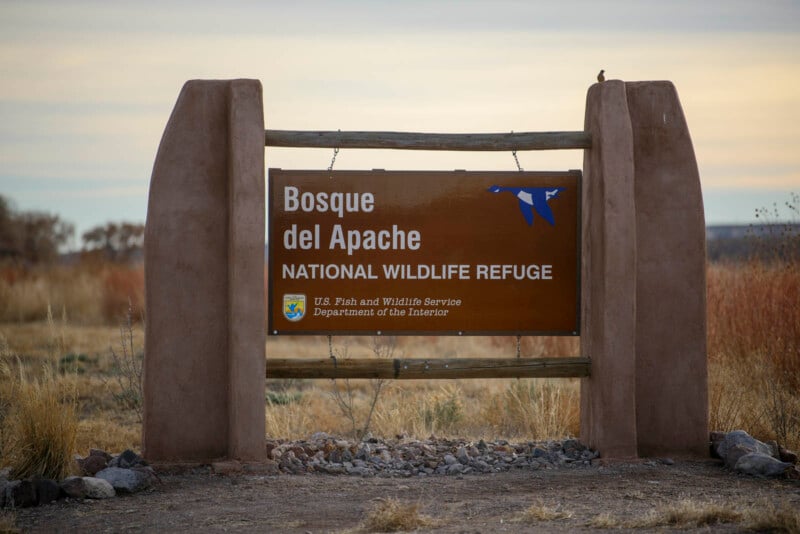
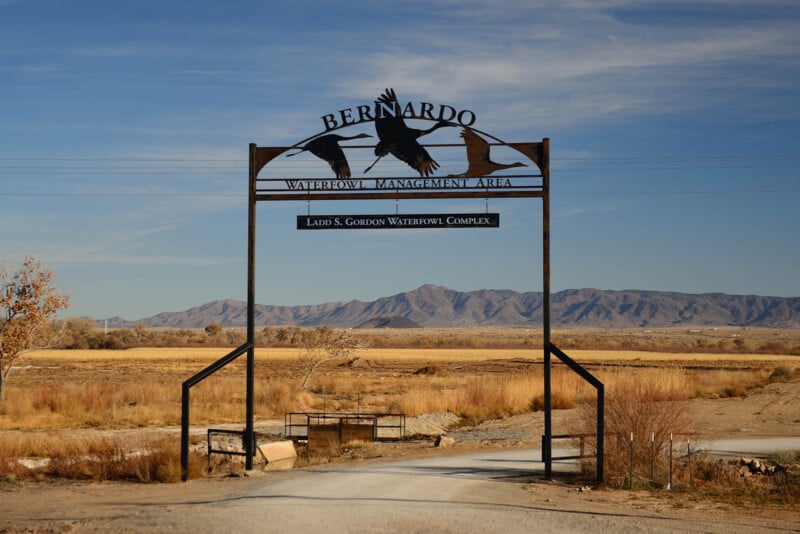
Spring and fall allow for the greatest variety of birds as they migrate through the area, including migrating sandpipers, stilts, plovers, dunlins, curlews, avocets, and twenty other shorebird species.
Winter provides the greatest number of birds as thousands of snow geese, Ross’s geese, and sandhill cranes are here from early November through late January. Other common birds include Canada goose, mallard, gadwall, Northern shoveler, Northern pintail, bufflehead, wild turkey, Gambel’s quail, pied-billed grebe, great blue heron, northern harrier, sharp-shinned hawk, cooper’s hawk, red-tailed hawk, bald eagle, golden eagle, American kestrel, killdeer and greater roadrunner.
While birding is the biggest draw for photography, there are several mammals around that can give you great opportunities, including javelinas, bobcats, coyotes, elk, mule deer, black bears, mountain lions, and, even the (very) elusive Mexican wolf.
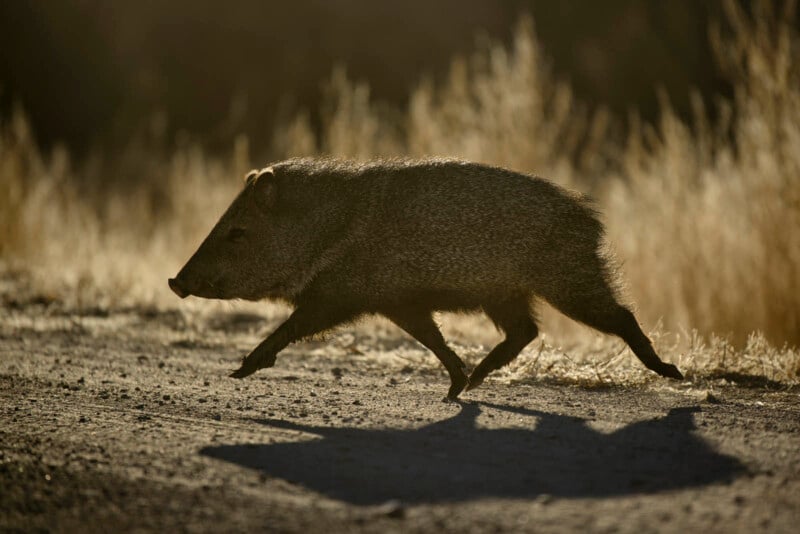
![]()
![]()
![]()
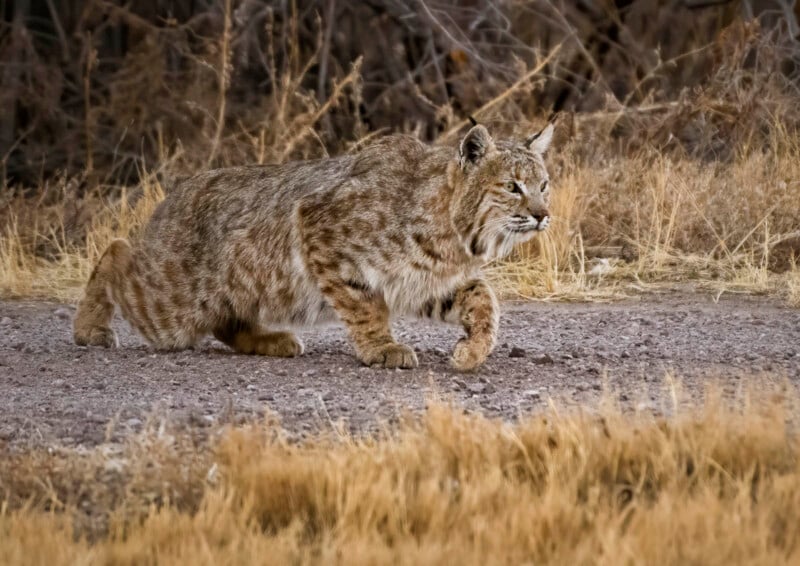
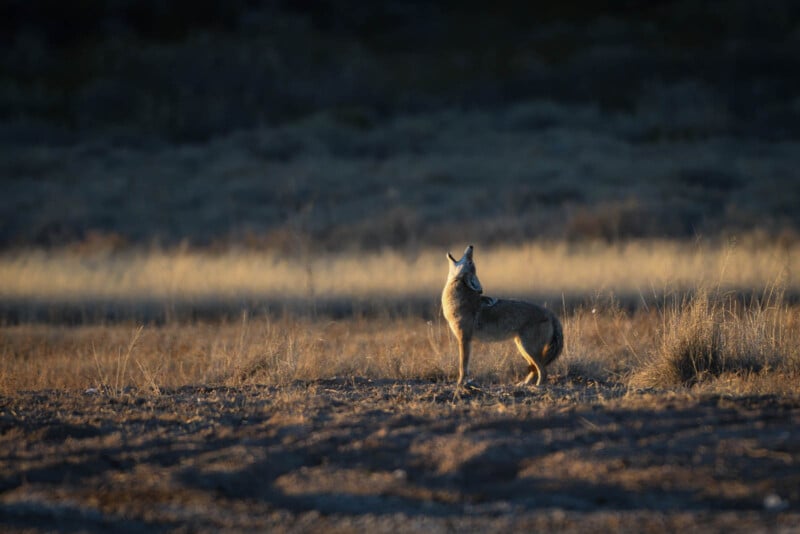
![]()
![]()
![]()
![]()
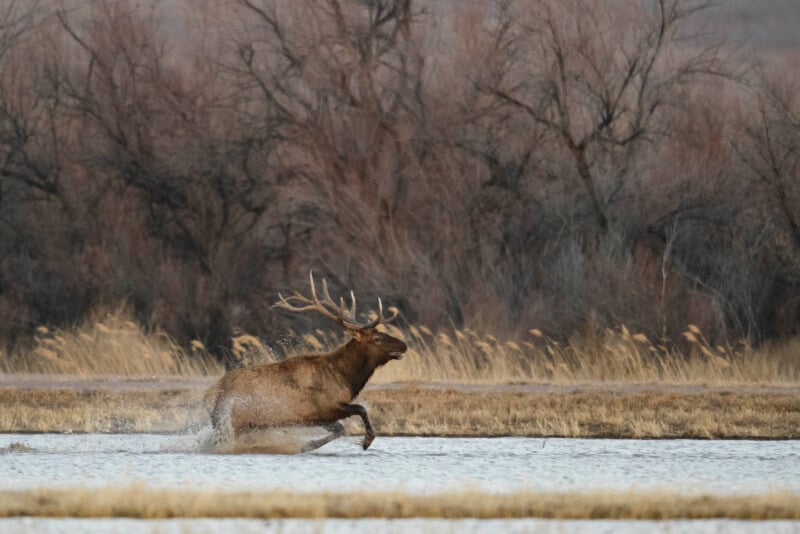
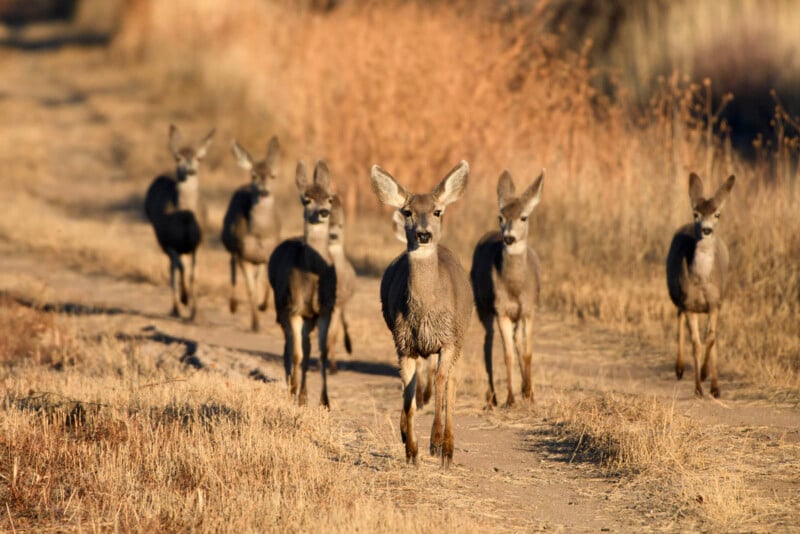
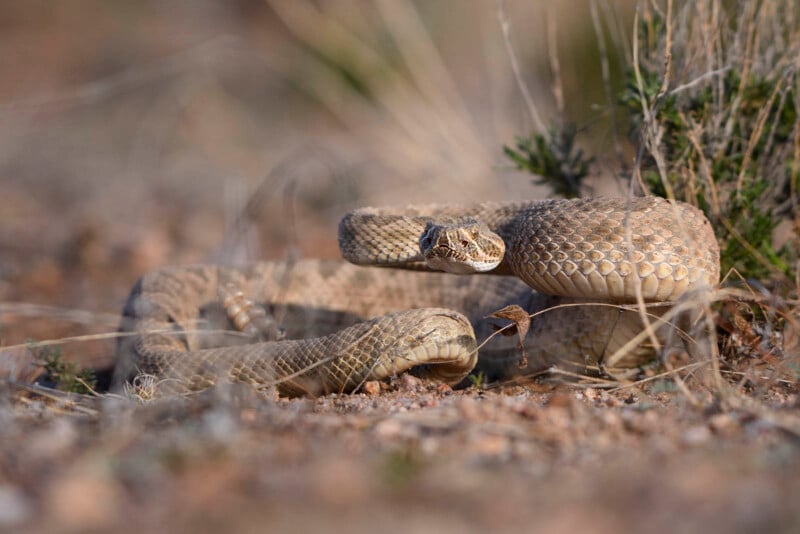
![]()
Bosque del Apache National Wildlife Refuge
Bosque del Apache, Spanish for “Woods of the Apache”, was named after the Apache Indians that resided in the forests along the river. When the flood plains – and bird habitat – started to disappear in the 1930s, the Civilian Conservation Corps worked to restore them, followed by the creation of the Bosque del Apache National Wildlife Refuge in 1939 by President Roosevelt.

Refuge staff manages the 57,000 acres to create seasonal wetlands, mimicking the historical seasonal floods. A system of ditches and gates allows them to pick and choose which fields in the refuge to flood. You’ll find the best wildlife viewing in these wetlands. A 12-mile loop road, which starts near the refuge’s visitor center and which is split into South and North loop sections, provides easy access by car to the best photography locations.
One of the largest ponds along the Northern loop has a boardwalk called “the flight deck:” this is typically the prime place to be at sunrise to photograph the spectacle of thousands of snow geese taking to the skies all at once in a loud “whooshing” sound.
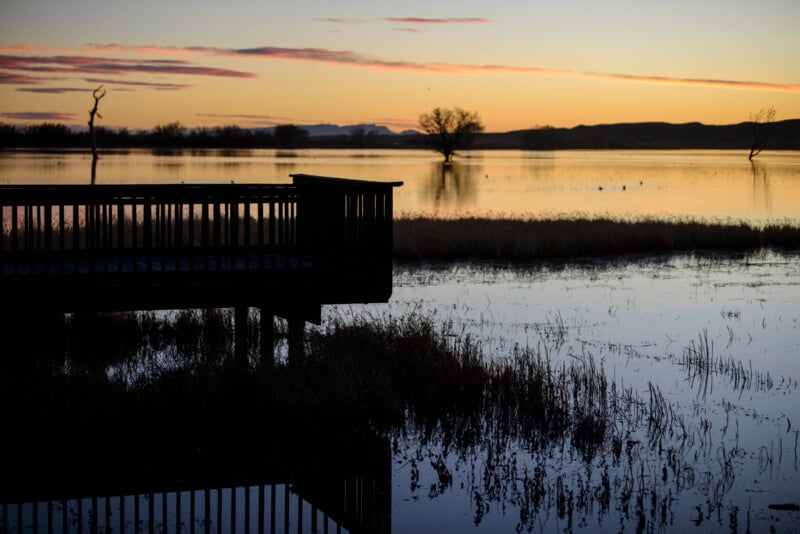
Several trails are available along the loop road although I find that most of my photography is done either from one of the decks or from my car, which acts as a blind.
Ladd S. Gordon Waterfowl Complex – Bernardo Unit
Named after the former Director of New Mexico’s Game and Fish Department, the Complex contains four management units along the river. My favorite unit for photography is the Bernardo unit: together with Bosque del Apache, it feeds about half of all the wintering birds in the Middle Rio Grande Basin so you are pretty much guaranteed to see lots of birds. Bernardo has a 3.5 mile vehicle loop road bringing you to all the best photography spots.
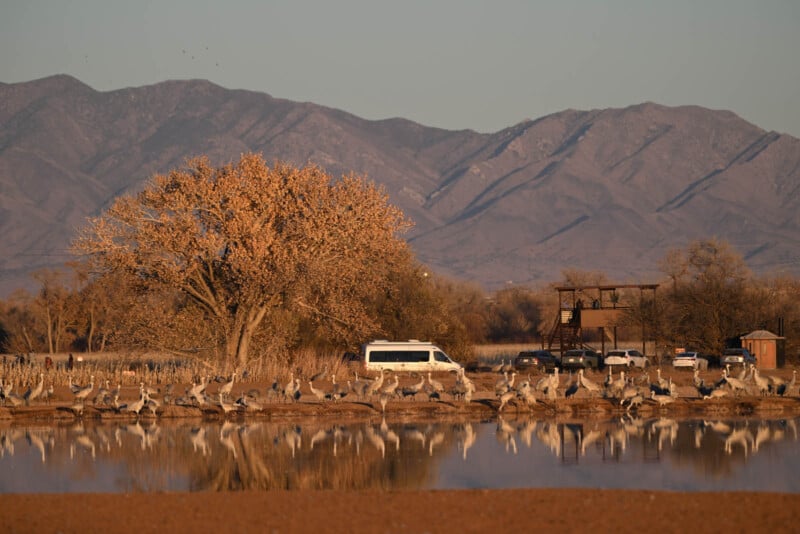
Photography Tips
Focal Length
You just never know what is going to appear in front of your camera lens around here. In one visit you quite literally go from shooting a field filled with thousands of sandhill cranes, to a shot of a bald eagle in a tree on the edge of a pond, to a coyote that wanders by or is busy “mousing” in a field, to a family of javelinas.
My recommendation is to carry two camera bodies, if available, or at least have multiple lenses easily reachable to switch out. The ideal strategy is to carry one camera body with a longer focal length lens in the 500mm to 800mm range, and another one with a wider lens in the 24mm to 200mm range. For example, going to the flight deck at Bosque del Apache requires a light-sensitive, wide-angle lens to capture the thousands of geese blasting off from the pond at dawn, but you’ll also want to take some close-ups of the geese and cranes.
![]()
![]()
![]()
![]()
![]()
Shutter Speed
No animal challenges your camera skills as much as a bird in flight. Try to find a tiny bird in your viewfinder, have your autofocus track it, and walk away with a sharp image. Modern mirrorless camera autofocus systems do help tremendously, especially dedicated “Bird AF” settings as on Nikon’s Z8 and Z9. Photographing a thousand birds at a time in a grand landscape makes it a lot easier, and you’ll have plenty of opportunities to do so.
![]()
![]()
In general, when photographing a bird in flight, I like to start at a shutter speed of 1/2000s. You may purposely choose to drop your shutter speed to create motion blur or track the animal, but in BIF (Bird In Flight) photography, the faster shutter speed, the better.
![]()
![]()
![]()
When photographing a landscape filled with sitting or standing birds, you can drop your shutter speed way down as no erratic motion needs to be frozen.
![]()
![]()
![]()
![]()
ISO
The birds spend sunset to sunrise on a pond for safety and spend the day eating in the surrounding fields, so they are typically around all day. Not all shooting happens at dusk or dawn, which helps in keeping your ISO low and images clean.
![]()
When shooting around sunrise or sunset, do keep an eye on your ISO settings. Those high shutter speeds required for photographing BIF have a tendency to raise your camera’s ISO to very high levels. Lenses with big apertures like f/2.8 or f/4 help greatly.
![]()
![]()
![]()
![]()
![]()
Frame Rate
We are blessed nowadays with camera bodies that offer a big buffer and a high frame rate. These allow you to take multiple images per second; ideally all in focus and well exposed; which allows you to select that one image with the perfect wing position or action.
I shoot with the Nikon Z8 which allows me to go up to an insane 120 fps. I can’t say that I use that setting all too much as I really don’t enjoy going through thousands of images on the computer afterward. That being said, one setting on my Z8 that is proving to be a game-changer is called pre-release.
We’re all familiar with the endless waiting, and accompanied wasted shots, for an animal to “do something.” When you’re waiting for a snow goose to lift off from the water, set your Z8 (or Z9) to pre-release, press the shutter halfway, and once the goose decides to take off, full press the shutter on the camera. The camera magically goes back in time and saves all images “that you didn’t take” to the memory card, giving you the take-off sequence without wasting any shots!
![]()
![]()
Composition
While you’re focused on getting those frame-filling shots of a sandhill crane, remember to keep an eye on the environment. A wildlife portrait is great but an environmental shot, showing the viewer the bird in its habitat, can be as rewarding as that tight crop. Both Bosque del Apache and Bernardo offer opportunities for this type of shot, including reflecting ponds and great mountain scenery.
![]()
![]()
![]()
![]()
![]()
Quick Facts
Where? Bosque del Apache National Wildlife Refuge is located in New Mexico. About 90 miles south of Albuquerque, the 57,331-acre refuge sits along the Rio Grande River. On I-25, take exit 139 for San Antonio, and in the small town, head south on Main Street / Old US Hwy 85 for 3 miles.
To reach the Bernardo Unit of the Ladd S. Gordon Waterfowl Complex, take exit 175 on I-25 and head north for 1.6 miles on Old US Hwy 85.
What to do? Excellent birding opportunities as they are home to thousands of wintering birds and a variety of mammals and reptiles.
When to go? November through January are peak months for the largest number of wintering birds to be present.
How to get there? Nearby airports include Albuquerque, NM, and El Paso, TX. Easy access to both areas via I-25.
Where to stay? Bosque del Apache’s nearest town is Socorro, 18 miles away. Socorro has all the necessary amenities, including chain hotels and restaurants. The tiny town of San Antonio, a few miles to the north of the refuge, has a gas station and two popular restaurants (try the Chili Cheeseburger).
Socorro is located 25 miles south of Bernardo. The town of Belen (Spanish for “Bethlehem”) is 26 miles north of Bernardo and also has all amenities available.